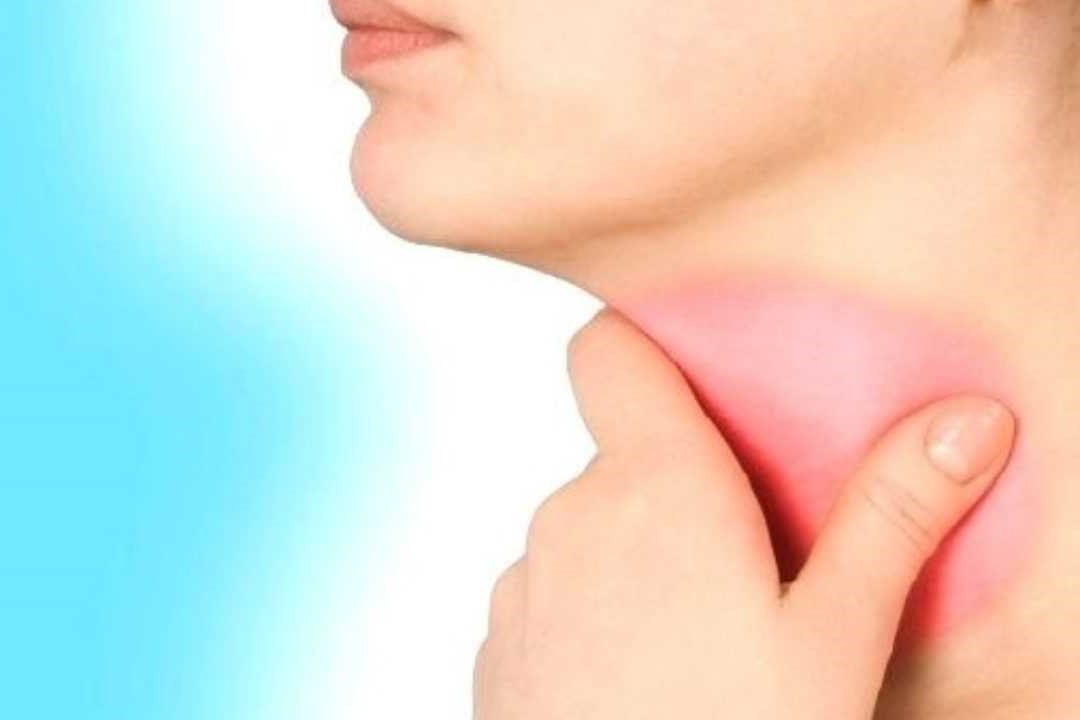
Dysphonia: what it is, what it implies
The term dysphonia refers in a generic sense to all alterations, qualitative or quantitative, to the voice
Dysphonia can be temporary or chronic and have a structural or functional origin
Organic causes include inflammation of the larynx, congenital malformations, the presence of tumour formations or alterations to one or more organs related to the phonatory function (vocal cords, nose, mouth, tongue, pharynx, larynx, trachea) and trauma.
Functional causes include overuse of the voice and idiopathic dysphonia (without apparent cause).
Dysphonia may be accompanied by a painful or uncomfortable sensation while speaking.
What diseases can be associated with dysphonia?
Diseases that may be associated with dysphonia include the following:
- Botulism
- Cysts
- Goitre
- Laryngitis
- Nodules
- Polyps
- Multiple sclerosis
- Tetanus
- Tumours of the larynx
- Tumours of other organs related to phonatory function
- Trauma
Please note that this list is not exhaustive and it is always a good idea to consult your doctor, especially if the disorder persists for several days.
What are the remedies for dysphonia?
In the case of dysphonia, it is important to discover the underlying cause in order to resolve the condition.
In general, it can be said that, in order to promote a faster recovery from dysphonia, help can come from eliminating unhealthy behaviour such as smoking and alcohol consumption.
Instead, good hydration and resting the phonatory apparatus for at least two to three days (without speaking or whispering) are recommended.
The treatment of dysphonia varies depending on the underlying pathology.
There are three approaches that can be used (only after medical advice and under medical monitoring)
- pharmacological, aimed at administering medication (anti-inflammatory, antibiotics, antacid, etc.) depending on the underlying cause
- speech therapy, to learn how to use the voice better and avoid its abuse
- surgical, to remove any formations (tumours, polyps, nodules, cysts) responsible for dysphonia.
Read Also:
Emergency Live Even More…Live: Download The New Free App Of Your Newspaper For IOS And Android
Tinnitus: What It Is, What Diseases It Can Be Associated With And What Are The Remedies
Barotrauma Of The Ear And Nose: What It Is And How To Diagnose It
How To Remove Something From Your Ear
What To Do In Case Of Earache? Here Are The Essential Check-Ups
Perforated Eardrum: What Are The Symptoms Of A Tympanic Perforation?
Paroxysmal Positional Vertigo (BPPV), What Is It?




